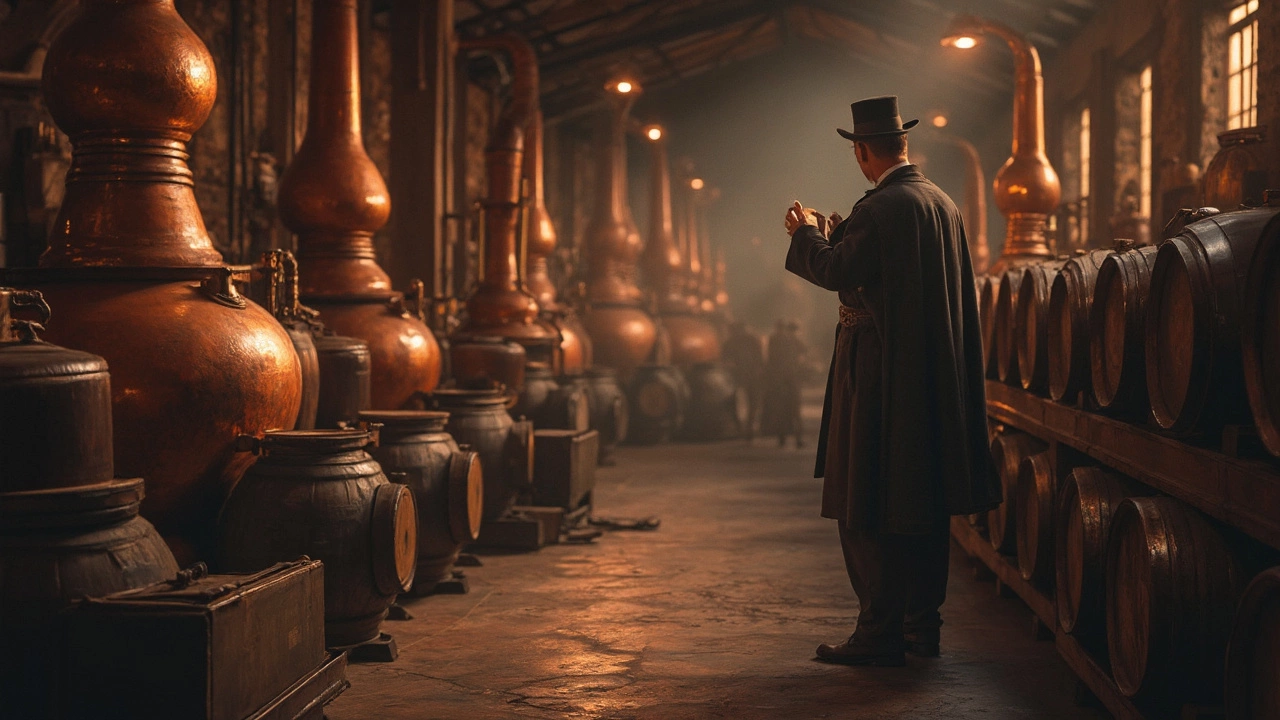Whiskey Taste – How to Spot, Enjoy, and Pair Your Favourite Drams
Ever wondered why one whisky hits you with smoky notes while another feels smooth and sweet? The answer lies in how you taste it. A good tasting routine can turn a random sip into a flavor adventure, and you don’t need a sommelier badge to get it right.
Whiskey Tasting Basics
Start with the look. Hold the glass up to the light and note the color – a deep amber often means a longer aging period, while a lighter straw hue suggests a younger spirit. Color isn’t a rulebook, but it gives you the first clue.
Next comes the nose. Swirl gently, then bring the glass to your nose and inhale slowly. You’ll pick up layers: vanilla, caramel, oak, maybe a hint of fruit or peat. Take three quick sniffs, pause, then sniff again. Your brain needs time to register each aroma.
Now the sip. Take a small mouthful, let it coat your tongue, and notice the initial taste. Is it sweet, spicy, or dry? Pay attention to the three zones of your palate – the tip, middle, and back of the tongue. A balanced whisky will have something on each zone.
Finally, the finish. After swallowing, watch how long the flavor lingers and what it leaves behind – pepper, chocolate, tobacco? A long finish often signals quality, but a short, crisp ending can be refreshing for a cocktail base.
Write down what you notice. A quick note‑taking habit lets you compare bottles later and see patterns in the whiskies you love.
Best Food & Prep for a Great Taste
What you eat before a tasting matters. Light, neutral foods like crackers, mild cheese, or plain pretzels keep your palate from being overloaded. Avoid strong flavors – garlic, spicy snacks, or sugary desserts – because they mask the subtle notes you’re trying to catch.Our post "Best Foods to Eat Before a Whisky Tasting: Enhance Your Palate" dives deeper into specific pairings. For smoky Scotch, try a slice of aged cheddar; for a sweet bourbon, a few pieces of dark chocolate work wonders. The right bite can highlight the whisky’s character instead of competing with it.
Water is your secret weapon. A sip of room‑temperature water between tastings clears your palate and resets your sense of taste. Some tasters even use a small amount of neutral‑flavored soda water for a quick cleanse.
Don’t forget the temperature. Serve whisky at room temperature for full aroma release; if you prefer a slight chill, stick to a single ice cube and let it melt slowly. Too much ice dilutes the flavor before you get a chance to enjoy it.
When you finish, think about the overall experience. Did the food boost the whisky’s sweet side? Did a particular aroma surprise you? These reflections help you build a personal taste map and make future selections easier.
Whether you’re sipping a single malt, a rye, or a blended bourbon, the basics stay the same: look, sniff, sip, and savor. Use simple food pairings, keep your palate clean, and jot down notes. In no time you’ll spot the difference between a peaty Islay and a honey‑laden Kentucky bourbon without breaking a sweat.
This article explores the intriguing world of whiskey from the perspective of someone who doesn't drink. Discover how specific flavors and aromas might be interpreted by a non-drinker, including tips on recognizing key whiskey notes. Whether you're curious or cautious about trying whiskey, this guide offers honest insights and ways to appreciate its complexity without ever taking a sip.
View Details

